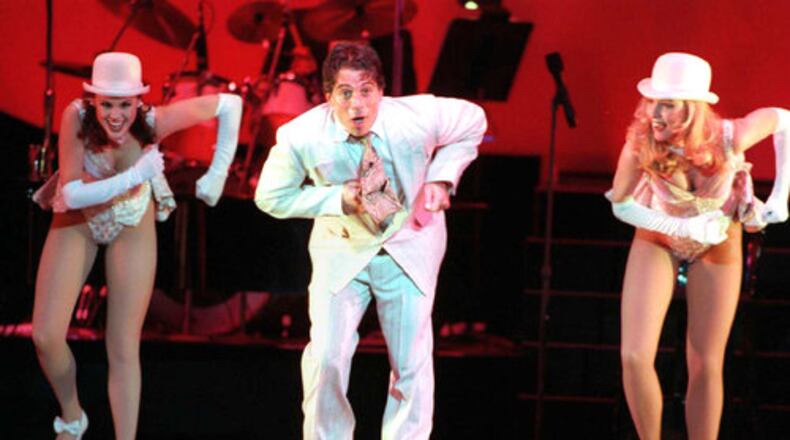Kids across Georgia dressed up as old folks last week to mark the 100th day of school, a practice so common now that Amazon sells packaged granny and grandpa costumes for the occasion, replete with gray wigs, canes and eyeglasses on chain holders.
Like dressing as a favorite book character or sporting crazy hair, the 100th day celebrations reflect an effort to make school fun and engaging. Those efforts ought to be applauded as we need more children to love school and want to be there. As a parent, I hoped my kids would come home with reports of fun-filled days.
As a longtime writer on education, however, I worry that we increasingly expect teachers to be entertainers with a bag of magic tricks to ward off any whiff of boredom and resist the magnetic pull of social media.
Credit: Amazon.com
Credit: Amazon.com
Teachers have always strived to be engaging. If their presentation also turned out to be fun, that was a bonus. Today, when you read about successful teaching models, the word “fun” appears a lot. Things like, “Learning should be fun. If learning isn’t fun, it won’t be effective.” Or “Nothing motivates learners as much as fun does.”
Teachers now must compete for student attention and time with 24/7 social media, which research suggests can undermine a child’s ability to sustain focus. In surveys, teachers report student attention spans are shorter and children more easily distracted.
So, teachers stuff more activities into a single class period, offering a six- or seven-minute activity before moving to something else lest they lose their audience. More than one teacher has told me they’ve been advised to seek inspiration from TikTok with its short videos and its 50 million daily users. (A 2023 survey found nearly 70% of American kids ages 12 to 17 are on TikTok.) When the class bell sounds, it’s no wonder some teachers feel it’s showtime.
Parents are wary of too much seat time, decrying worksheets as stifling children’s creativity and as the default of lazy educators. Yet, research shows routine drills and practice are essential to grasp the foundational skills of mathematics, a subject where many Georgia students lag. Repeated math drills are akin to finger exercises on piano, tedious but necessary to advance to more complex compositions.
Even parents whose teens are enrolled in the advanced math classes vital to admission to Georgia Tech complain about all the homework, arguing that high school shouldn’t be so taxing. But students worldwide who excel in math don’t find it easy and say they have to work hard to master it. Mathematician William H. Schmidt once told me, “I have a degree in mathematics. I never really found it fun. I was always nervous when I had a test because I knew it would not be easy. Math is hard; it’s hard for the teachers and it’s hard for the kids.”
We forget the purpose of education when we encourage teachers to do more and tap-dance faster to hold student interest. As a young teacher, the late school reformer Phillip Schlechty told me, he’d research, prepare and put on show-stopping performances for his classes. Then, he realized outcomes improved when he designed work for the kids to do so they can learn rather than work for teachers to do so kids learn.
Because, he said, “What’s most effective is getting the kids to perform.”
About the Author
The Latest
Featured




